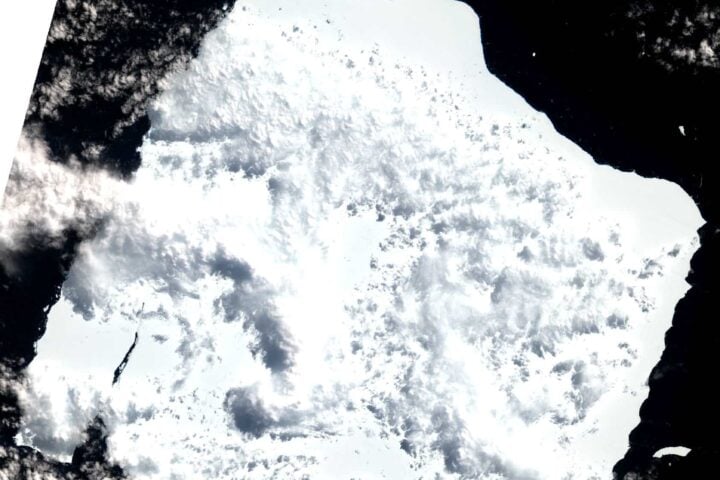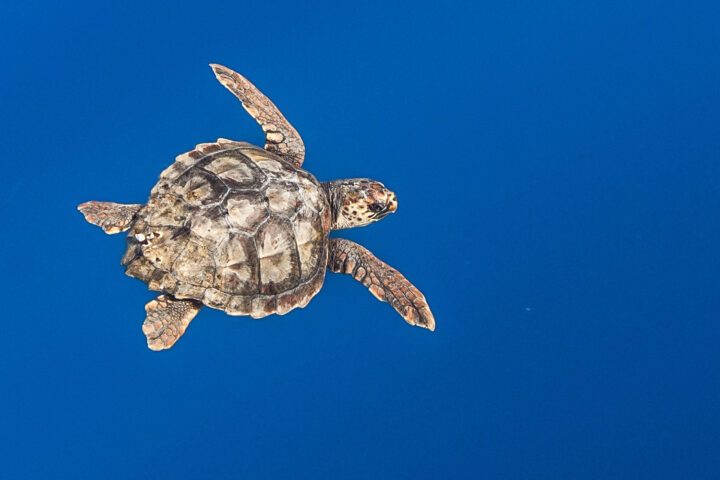Switzerland and Italy are redrawing part of their border due to climate change that has accelerated the melting of the glaciers that have historically marked the border between the two countries. The Theodul Glacier, between Monte Cervino to the west and Breithorn to the east, has lost almost a quarter of its mass between 1973 and 2010. This has exposed the underlying rock, altering the drainage and forcing the two countries to modify part of the border.
“Significant sections of the border are defined by the watersheds or ridges of glaciers, firn (granular snow) or perennial snows,” the Swiss government said in a statement last week. “These formations are changing due to the melting of the glaciers.” Switzerland has officially approved the new border on Friday. Italy still has to do the same, but since it is a “minor rectification”, the “convention” can be approved by the first country alone. The exact border changes will be implemented, and the agreement will be published once both countries have signed it.
The area affected by the changes is the Matterhorn Ski Paradise (or Cervino Ski Paradise), the fifth largest ski resort in Europe, which includes the Swiss municipality of Zermatt, the Valtournenche and Breuil-Cervinia. Hikers and skiers can freely cross between Switzerland and Italy in the Valtournenche. The two countries have agreed to adapt the border around the landmarks of Testa Grigia, Plateau Rosa, Rifugio Carrel and Gobba di Rollin.
Similar Posts
The Swiss national mapping agency Swisstopo is responsible for 7,000 demarcation points along the 1,935 kilometers of Switzerland’s landlocked border with Austria, France, Germany, Italy and Liechtenstein. Border rectifications are frequent and are usually resolved by comparing the readings of the border surveyors of the countries involved, without involving politicians.
Europe is the continent that is suffering the most from the effects of climate change, with temperatures reaching new highs every year. Glaciers on the continent are melting at an alarming rate. Between 2021 and 2023, Switzerland lost 10 percent of its glaciers. The most affected were those in the eastern and southern part of the country where Monte Cervino is located. “Swiss glaciers are melting faster and faster,” said the Swiss Academy of Sciences. “The acceleration is dramatic. In two years we have lost as much ice as melted between 1960 and 1990.”
The summer of 2023 was the hottest since global temperature records began. The main cause of global warming is the excessive use of fossil fuels. From August to September, the Swiss meteorological service reached an altitude of about 5,300 meters to find the “freezing point” or the zero degree isotherm. One of Italy’s best known glaciers, the Dosdè glacier in the Italian Alps, has retreated seven meters in the last year. The snow covering the glacier is not enough to prevent it from melting.
The progressive retreat of the glaciers, one of the most evident consequences of climate change, can cause a shift in the watershed line, in some cases even by several tens of meters. This is why for some years Italy and Switzerland have begun to consider the hypothesis of reviewing their borders, in order to adapt them to the changed morphology of the mountains.
The shift of the border serves first of all to protect “the economic interests of the two parties”. Several mountain huts or ski facilities are located right on the border between Italy and Switzerland, but have always been able to operate without problems thanks to the good relations between the authorities of the two countries. Clearly defining the border line can be useful, especially in the management of emergencies, for example to understand who to call in case of an emergency at high altitudes.
According to the report by the European Geosciences Union, 90% of the glaciers in Alps could be lost by 2100. If emissions keep rising quickly (RCP8.5 scenario), the Alps could lose almost all their ice by 2100, leaving only small patches at high elevations, less than 5% of today’s ice. Matthias Huss from ETH Zurich, a co-author of the study, notes “In this pessimistic case, the Alps will be mostly ice free by 2100, with only isolated ice patches remaining at high elevation, representing 5% or less of the present-day ice volume.”
The Alps are expected to lose about 50% of their current glacier volume by 2050, regardless of emission levels. This is because the full impact of rising temperatures will be more noticeable in the second half of the century. Additionally, glaciers still have a lot of ice from the colder past and are slow to respond to climate changes. Even if we stop global warming now, glaciers would still lose about 40% of their current volume by 2050 due to this delayed response, according to Harry Zekollar, co-author of the study.
The Swiss and Italian governments have a task at hand to mull down the new borders. The exact border changes have not yet been defined and hopefully, it will be implemented once the agreement has been signed by both parties and published.


















